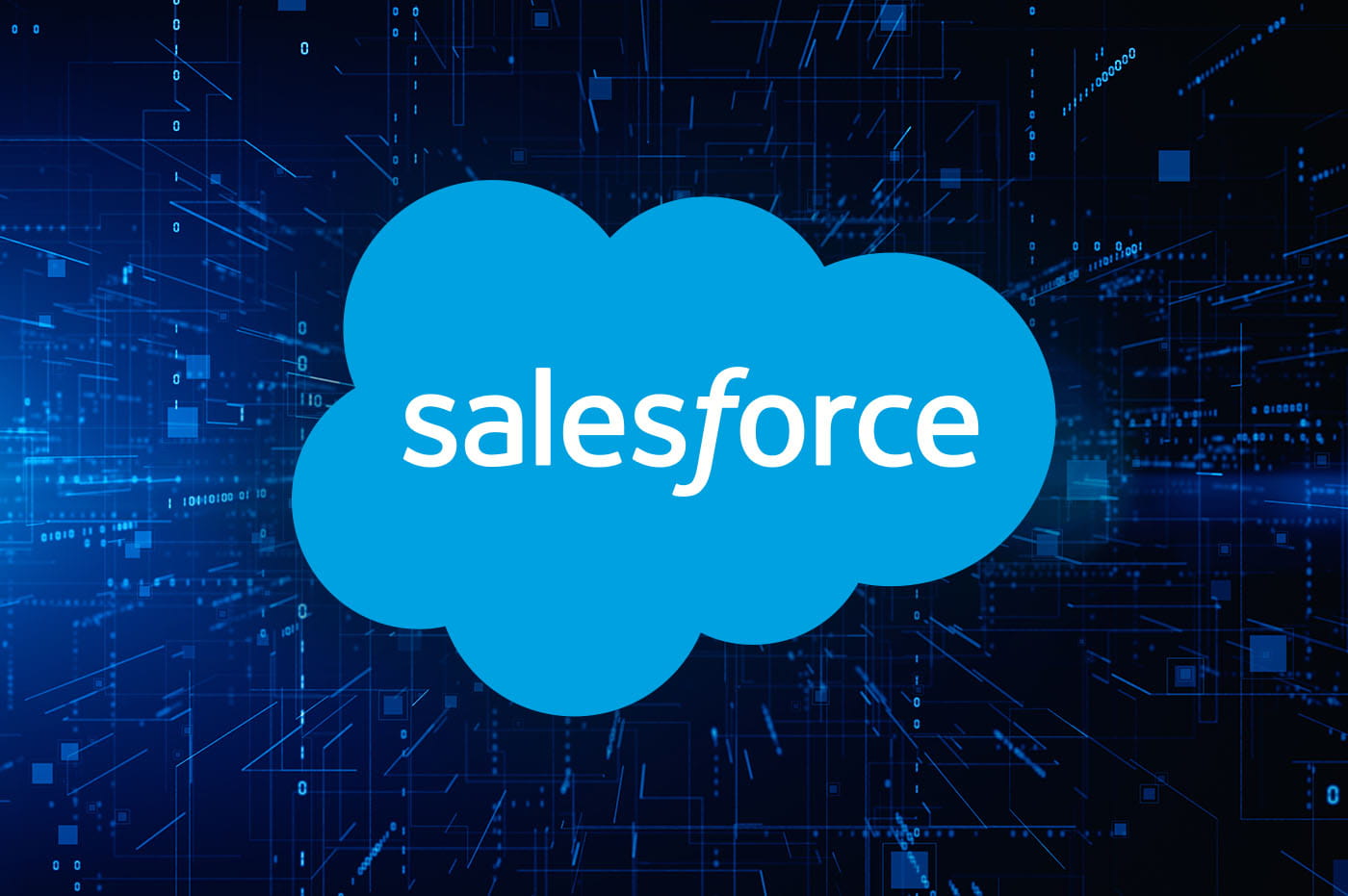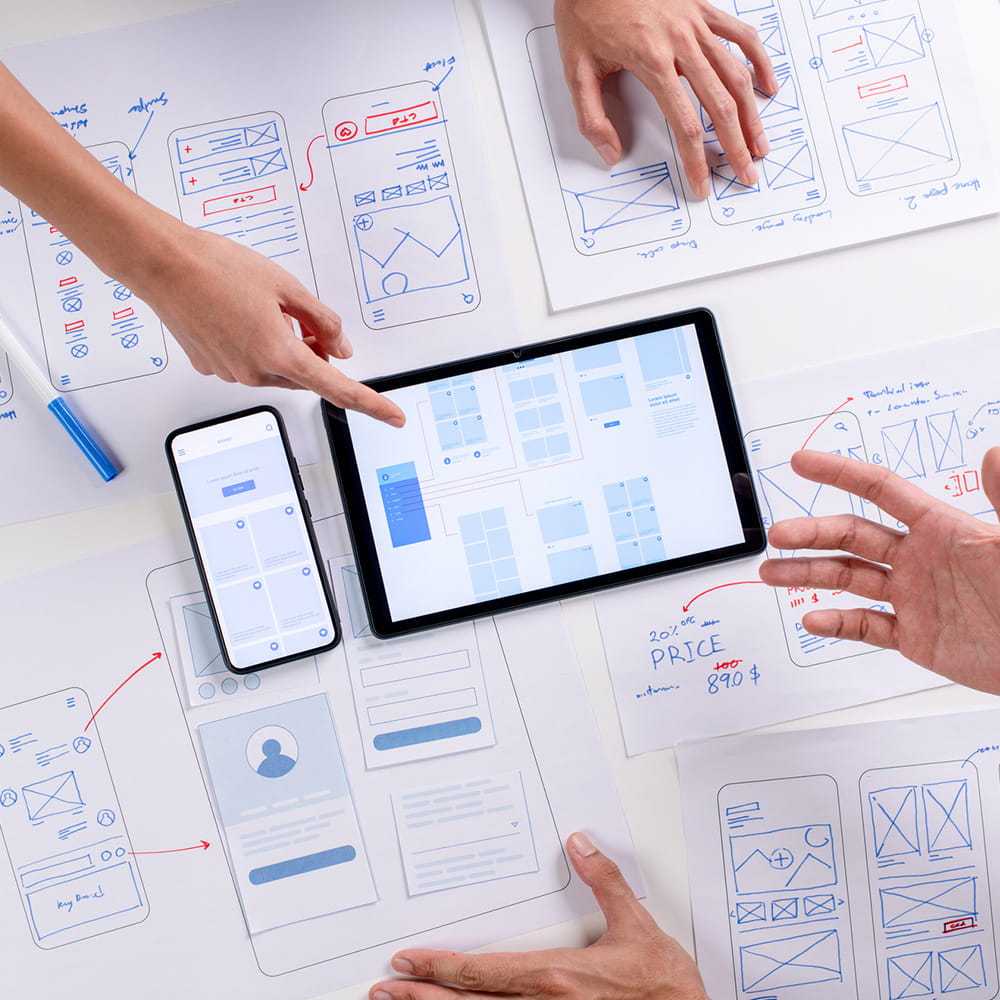Leader in Eco-Friendly Decking and Railing
Envisioning a Strategy-Driven Customer Experience
What if... we could help our client align its people and processes and achieve its goals with an end-to-end digital strategy?
Our client is the world’s largest manufacturer of wood-alternative decking and railings, creating durable, high-end outdoor products using recycled materials.

Strategic Insight
With its spirit of reinvention and innovation, our client has been a consistent leader in the composite decking category, despite an increasingly competitive market.
The client had a goal to double its revenue in five years. In order to achieve that growth, the company wanted to improve alignment between its marketing and IT departments, develop a unified vision, and create a stronger infrastructure for supporting digital initiatives.

Approach
We set out to help the client accomplish these objectives by first understanding the company’s existing structure and identifying organizational inefficiencies and growth opportunities. We then used our Envision Framework methodology to gain insight into our client’s current state, help define a unified digital vision the company could unite behind, and develop and start executing on an actionable roadmap of improvements and initiatives.
Measuring Customer Experience Maturity and Alignment
The first phase of our client’s digital diagnosis journey involved gathering insights. To do this, we needed to understand the company’s current customer experience (CX) and the degree of alignment across departments. This would help us determine how and where the company could make improvements to its processes, technologies, and culture in order to achieve its desired growth.
To gain this understanding, we used our proprietary CX maturity assessment tool, CX IQ, which gauges an organization’s capabilities across seven critical dimensions:
- Customer insight
- Strategy
- Design processes
- Enabling technology
- Operations
- Measurement
- Culture
We conducted 25 CX IQ surveys across the client’s leadership team to see how each department’s leadership felt the company was performing. From those survey responses, we were able to identify the company’s strengths and challenges, as well as areas of misalignment, and present those insights back to the leadership team to aid in strategic planning.

Defining a Shared Vision
With the results from the CX IQ assessments in hand, we moved into the Ideas phase of the Envision process. This involved conducting a series of onsite workshops with leaders to define a shared vision that marketing, IT, partner teams, and the rest of the organization could unite behind as the company moved forward.
After multiple iterations and collaboration sessions between our strategy experts and key internal stakeholders, the client had established its new, unified vision statement: Exceed homeowner expectations as they dream, design, and buy premiere outdoor living spaces.
With this foundation in place, we were ready to help our client map out and prioritize the short- and long-term steps needed to enhance the customer experience and achieve its goals.
Identifying What’s Now/New/Next
Another step in the Ideas phase was to help the client determine how best to utilize its resources both immediately and in the future. It’s one thing to have a long list of great innovations and initiatives planned out, but companies of every size and digital maturity will always have to operate within the constraints of budget and bandwidth.
One of the tools we used to combine digital ambitions and customer demands with practical, actionable strategies is Now/New/Next, a framework for rapidly benchmarking digital experiences based on ongoing customer and category research. Using Now/New/Next, we compare the organization’s current digital offerings with what its competitors and cross-industry comparables are doing, as well as customer expectations.
Following this methodology, we began taking inventory of the company’s current digital offerings, as well as what 10 of its competitors were doing. We then used that information to identify and prioritize new digital initiatives and capabilities, earmarking resources according to the 70, 20, 10 model to help the client achieve the most urgent and high-impact wins first while also working toward long-term digital goals.

Digital Marketing Diagnosis
Prior to our engagement, the company had developed six marketing pillars that would define its focus for the next five years. These pillars outline the client’s goals for its brand as a whole and the ways customers connect to it throughout the buying journey. Defining these pillars was the first step in achieving the goals, but now, they needed to determine how to translate them into actionable steps.
In addition to the Now/New/Next benchmarking framework, we also guided company leaders through an Objectives and Key Results (OKR) framework, which aims to address three simple but impactful questions:
- Where do you need to go?
- What will you do to get there?
- How will you know when you’re there?
This exercise helped the client’s leadership work through how each of the six marketing pillars translated into specific objectives and what marketing efforts would help achieve them.
Developing a Digital Roadmap
The research, workshops, and exercises we conducted during the Insights and Ideas phases culminated in the Investments phase of the Envision process, where we recommended a set of technology, process, and culture adjustments that would position the client to achieve its digital experience and targeted growth goals.
The final step in our Envision Framework was to plot those adjustments, along with the digital experience and marketing initiatives we’d identified during the Now/New/Next and OKR exercises, into a roadmap that the company could implement.
One key recommendation we made was to strengthen its organization by hiring a chief information officer (CIO) to head up the IT department, provide strategic direction, and help bridge the gap between IT and marketing. Our client followed our recommendation and soon added an accomplished CIO to its leadership roster.
We used our CX IQ Assessment, Now/New/Next, and Envision Framework to develop a strategic digital roadmap for the client to achieve goals and exceed customer expectations.
Measuring Success by Visualizing Marketing Data
After guiding our client through the Envision Framework, we transitioned to helping the company execute on its roadmap. As we got started, we knew it would be crucial for the company to be able to accurately analyze the success of the marketing efforts it was investing in.
The client already had systems in place for gathering marketing data from Salesforce Marketing Cloud, but was having a hard time interpreting it. The marketers were managing and tracking their initiatives across multiple spreadsheets and were struggling to make connections and find answers in which they could be confident.
We wanted to provide an analytics tool that would help the team easily track key performance indicators (KPIs) and pull actionable, business-focused insights from the data. To accomplish this, we identified the KPIs that would be most beneficial to track and then created a custom analytics framework that incorporates marketing planning with those predesignated measurement standards.
This new framework simplified and streamlined the reporting process for digital marketing performance overall, as well as channel-level performance, making the analytics process more visual and intuitive. The company's marketers can now examine website data through the lens of their marketing campaigns and identify successes, such as increased traffic spurred by an outbound campaign, and opportunities for improvement, such as increasing funding for a campaign targeting the bottom of the funnel in order to improve conversions.
The new tool will help our client achieve its previously defined objectives and vision by helping marketers both efficiently analyze and optimize its initiatives through actionable, data-driven insights.

Streamlined Marketing with Salesforce
One of the pain points we uncovered during the digital diagnosis was that the client's marketers struggled to make the most of Salesforce Marketing Cloud. The team needed to be able to quickly carry out new, polished-looking email campaigns and individual sends, but the existing process was slow and achieving consistency across emails was difficult.
To improve this experience, we began by conducting an audit of the client’s instance of Salesforce to find gaps and opportunities for improvement. After reviewing the results of the audit with our client, we set about reconfiguring the system to better support the company’s goals.
Improving IT Processes
One roadmap task was to empower the IT group and help improve workflows between IT and marketing. To do this, we needed to streamline workflow management and business processes. Our digital strategy and marketing experts examined the tasks and projects coming into IT from other departments and looked for ways to better organize them.
Our first recommendation was that our client implement a unified system that would enable more detailed task management and workflow automation. The company selected and implemented Jira, bringing all IT requests into one central location and making it easy to track their sources, progress, and approvals.
Our second recommendation for empowering IT was to restructure the group into a bi-modal format. Half of the department would focus on organizational support, infrastructural maintenance, and operational tasks like setting up new employees, maintaining systems, and handling service tickets, while the other half focuses on supporting marketing initiatives.
The client moved forward with both recommendations and has seen positive outcomes including increased productivity and improved communication between marketing and IT.

Laying the Design Foundation
Another pain point we uncovered during the early Envision workshops was that the marketing and IT teams essentially had to reinvent the wheel each time an update was needed to the company’s digital properties.
Every time a new page or component was needed, the teams had to track down previous examples to determine what the new item should look like, and then redesign that item from scratch. The process was inefficient, time consuming, and introduced technical debt. It also made it difficult for the client to maintain consistency in both its design and user experience (UX).
We developed a comprehensive design system that streamlined and standardized the design and development processes and promoted continuity across the digital experience. Based on the principles of Atomic Design, this new repository includes specifications for all the atoms, molecules, and organisms – such as colors, fonts, buttons, and headers – developers need to create new pages, saving time and reducing duplicated efforts.
Our client can now update and expand its digital properties much more efficiently, enabling the company to move on new initiatives and respond to shifting customer expectations with agility.
Mapping Out the Customer Journey
The next project on the docket for our client and Perficient was to map out the purchasing journey stages and digital touchpoints of the client’s various customer segments, which would help the company create a more personalized customer experience.
Our client wanted to be able to target marketing efforts to each customer’s individual needs, whether they are planning to build their own deck or hire someone else to do it. To accomplish this, we examined the different purchasing journeys and helped the team shift from viewing them mainly as business processes to seeing them from the customer’s perspective.
Results

Key Benefits
From our early conversations around CX maturity and alignment, to developing a strategic digital roadmap through the Envision Framework, to working side-by-side on digital marketing, design, and IT initiatives, our partnership with the client has helped the company position itself to achieve its goals.
We’ll continue to help support the company’s vision and execute and evolve its digital roadmap as we partner on future efforts to create the best possible home improvement experience.


